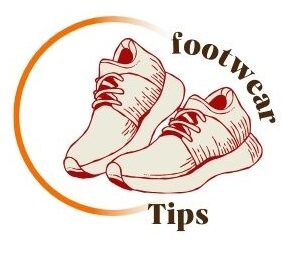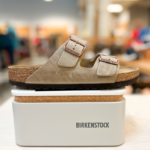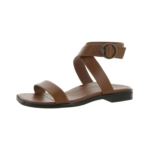Address:
- 2365 Hood Avenue, San Diego, CA, 92123
Transitioning to barefoot shoes can take anywhere from a few weeks to several months, depending on individual adaptation and comfort levels. The process involves gradually increasing wear time to allow the feet and muscles to adjust to the minimalist footwear.
It is essential to listen to your body and not rush the transition to prevent potential injuries or discomfort. Starting with short periods of wearing barefoot shoes and gradually increasing duration and intensity of use can help in a smooth and successful transition.
By being patient and consistent, you can fully enjoy the benefits of barefoot shoes while avoiding any setbacks in your journey towards natural foot movement and strength.
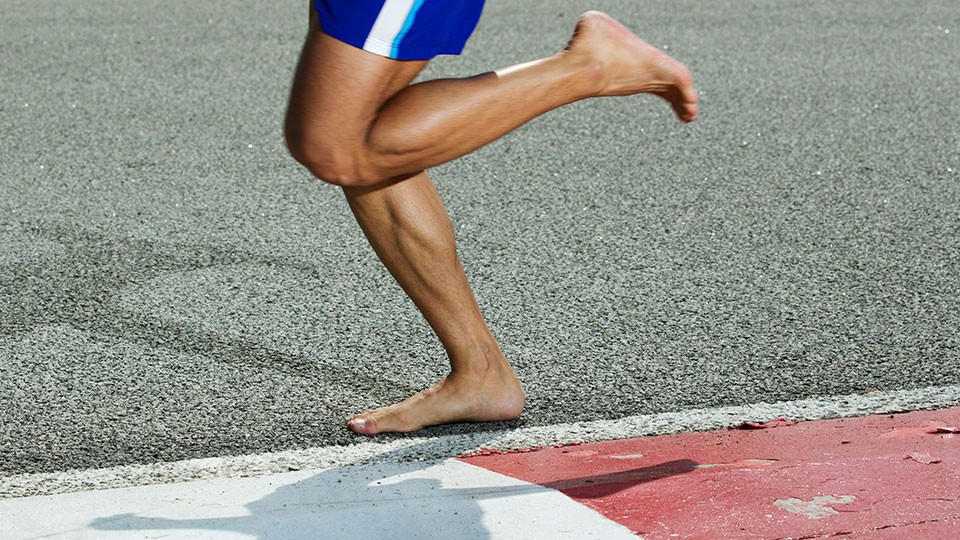
Credit: www.runandbecome.com
Transitioning to barefoot shoes varies from person to person. It can take weeks to months for your feet to adapt fully. Start slow to prevent injuries and gradually increase wear time. Listen to your body and make the switch at your own pace.
Before delving into how long it takes to transition to barefoot shoes, let’s understand what they actually are. Barefoot shoes, also known as minimalist shoes, are footwear designed to mimic the feeling of walking or running barefoot. They are characterized by their thin and flexible soles, wide toe boxes, and zero or minimal heel-to-toe drop.
Now that we know the basics of barefoot shoes, let’s explore the key differences that set them apart from traditional footwear:
By understanding these key differences, you can appreciate the unique benefits and considerations that come with transitioning to barefoot shoes. Now, let’s explore how long this transition process typically takes.
When starting your transition to barefoot shoes, it’s crucial to select the right pair to support your journey. Look for shoes that provide ample room for your toes to splay naturally and offer minimal cushioning to allow your feet to connect with the ground. Consider shoes with flexible soles and a wide toe box to promote natural foot movement.
It’s essential to ease into wearing barefoot shoes to prevent overuse injuries. Begin by wearing them for short periods, such as an hour a day, and gradually increase the duration over several weeks. Listen to your body and pay attention to any discomfort or pain, which may indicate the need to slow down the transition process.
Transitioning to barefoot shoes can lead to muscle soreness as your feet and lower legs adapt to the new way of walking and standing. This discomfort is normal and typically subsides as your body adjusts. To manage muscle soreness, it’s important to take it slow and gradually increase the time you spend wearing barefoot shoes. Additionally, stretching exercises and massaging your feet and legs can help alleviate soreness and promote quicker adaptation.
When shifting to barefoot shoes, it’s crucial to recognize that your feet will have different requirements compared to traditional footwear. Your feet will need to strengthen and adapt to the new level of support and freedom provided by barefoot shoes. This may involve adjustments in the way you walk and distribute weight across your feet. Paying attention to your feet’s changing needs and incorporating foot-strengthening exercises can facilitate a smoother transition.
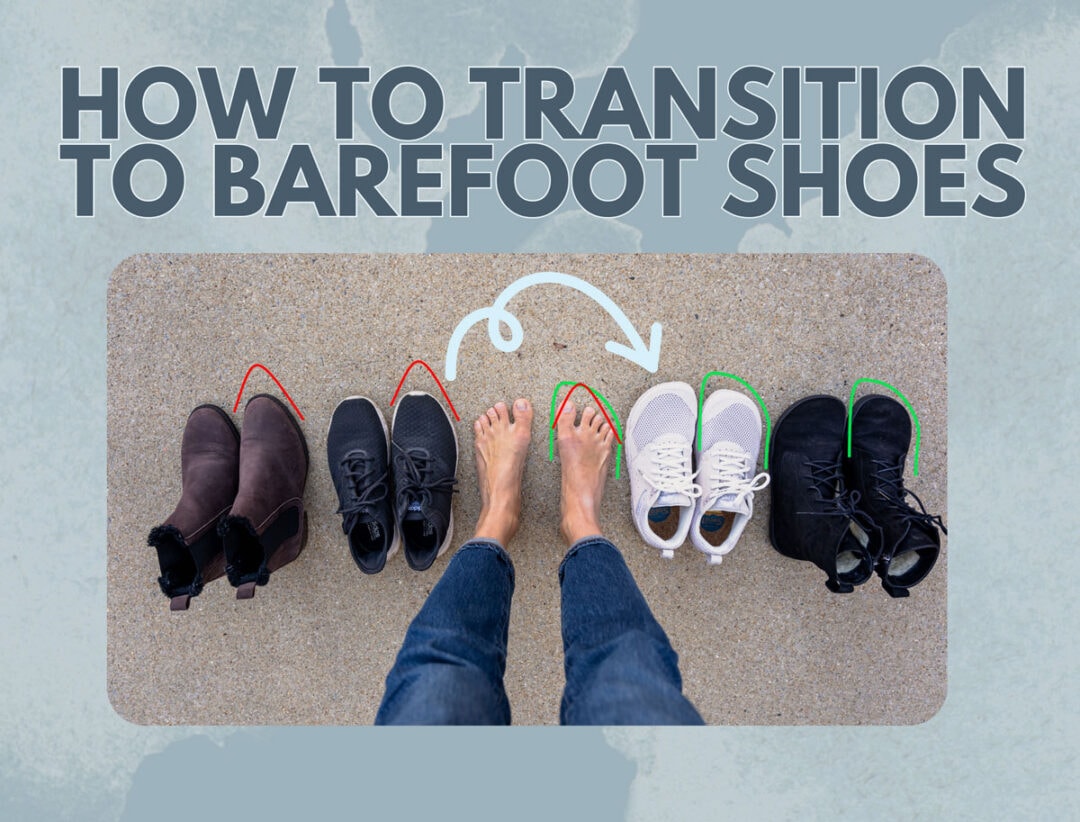
Credit: barefootshoeguide.com
Mental adaptation is a crucial aspect of transitioning to barefoot running. It involves overcoming the mental block that may arise when switching from traditional running shoes to barefoot shoes. This process requires patience and embracing the learning curve, as your mind adjusts to the new sensations and challenges of barefoot running.
Transitioning to barefoot shoes can be intimidating for many runners due to the unfamiliarity and perceived vulnerability. However, it is important to overcome this mental block in order to fully embrace the benefits of barefoot running. One way to do this is by gradually introducing barefoot running into your routine.
Start by incorporating short bouts of barefoot running into your regular runs. Begin on a soft surface, such as grass or a track, to lessen the impact on your feet. As you become more comfortable, gradually increase the duration and intensity of your barefoot runs.
Additionally, it can be helpful to visualize yourself running with ease and confidence in barefoot shoes. This positive mindset can help alleviate any fears or doubts that may arise during the transition.
Transitioning to barefoot shoes requires patience and a willingness to embrace the learning curve. It is important to understand that your body needs time to adapt to the new running style and the demands it places on your feet and muscles.
During this process, it is normal to experience some discomfort or muscle soreness as your body adjusts. It is crucial to listen to your body and give it the necessary time to adapt and strengthen. Pushing yourself too hard or too quickly can lead to injuries and setbacks.
One effective strategy is to incorporate barefoot running drills and exercises into your training routine. These can help improve your balance, foot strength, and overall form. Gradually increase the intensity and duration of these drills as your body becomes more accustomed to barefoot running.
Remember, every individual’s transition to barefoot shoes will be unique. Some may adapt quickly, while others may require more time. Patience is key in allowing your mind and body to adapt to this new running style.
Transitioning to barefoot shoes requires a well-structured training regimen, especially for beginners. This ensures a smooth and gradual adjustment to the unique demands of barefoot footwear, reducing the risk of injury and discomfort. A training regimen for barefoot beginners typically involves building up distance and speed gradually and incorporating foot-strengthening exercises.
Start with short distances and a slow pace to allow your feet to adapt to the new footwear. Gradually increase the distance and speed as your feet and body adjust. This gradual approach helps prevent overuse injuries and allows your muscles and tendons to strengthen gradually.
Include exercises that specifically target the muscles and tendons in your feet. This may include toe curls, picking up small objects with your toes, and using a foot roller or massage ball. These exercises help improve the strength and flexibility of your feet, reducing the risk of strain or injury when transitioning to barefoot shoes.
Barefoot shoe transition can be a rewarding journey when done correctly. Avoid these common missteps:
Listen to your body’s signals and adjust accordingly.
Gradual transition is key to prevent injuries.
Embarking on the journey to transition to barefoot shoes may vary for each individual, ranging from a few weeks to several months. Success stories from beginners to pros highlight the gradual adaptation process, emphasizing the importance of patience and listening to one’s body throughout the transition.
Many individuals have successfully transitioned to barefoot shoes, each with their unique journey and experiences. Let’s explore some inspiring success stories from beginners to pros.
Learn from the experts who have mastered the art of barefoot running. Here are valuable tips to guide you on your transition:
Discover how ordinary individuals transformed into barefoot running enthusiasts. Witness their incredible journeys from novice to seasoned practitioners.
| Name | Starting Point | Current Achievement |
|---|---|---|
| Emma | Struggled with knee pain | Completed a marathon injury-free |
| John | Had flat feet and weak arches | Improved foot strength and agility |
| Sarah | Never ran more than a mile | Now a barefoot running coach |
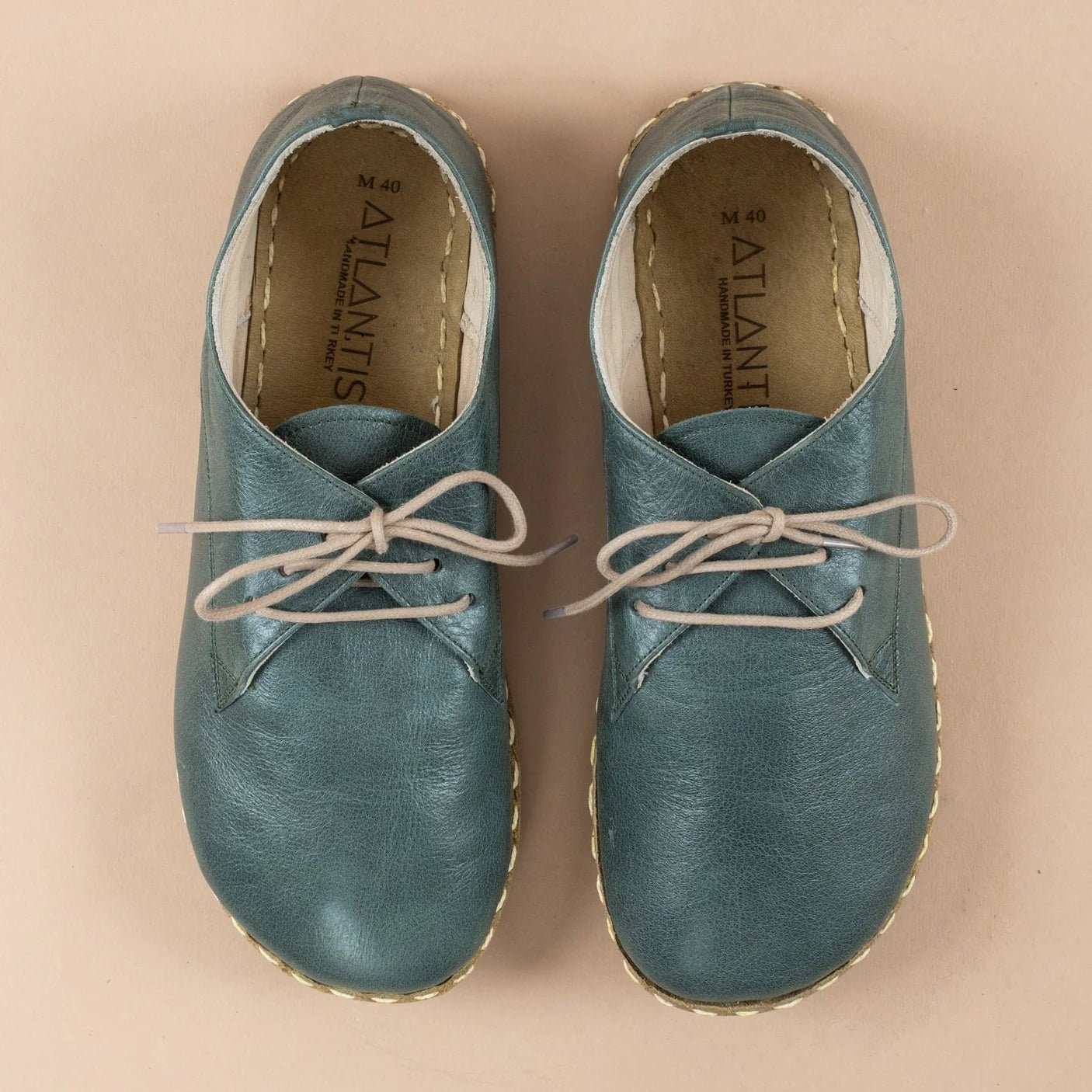
Credit: www.atlantishandmade.com
Transition time varies from person to person. It can take anywhere from a few weeks to several months to fully adjust to barefoot shoes. Start by wearing them for short periods and gradually increase the duration as your feet adapt.
Wearing barefoot shoes can strengthen your feet, improve balance and posture, and reduce the risk of foot injuries. They also provide a more natural walking experience and can help alleviate foot pain caused by traditional shoes.
Yes, you can wear barefoot shoes for running. However, it’s important to transition slowly and gradually to prevent injury. Start with shorter distances and build up gradually. It may also be helpful to get advice from a running coach or podiatrist.
Transitioning to barefoot shoes may take some time, but it’s a worthwhile investment in your foot health. Whether you’re a seasoned runner or just starting out, taking it slow and listening to your body is key. Don’t push yourself too hard too soon, and remember that everyone’s journey is different.
With patience and persistence, you’ll soon be reaping the benefits of a more natural, comfortable stride. So take that first step and see where it takes you!
Get our most valuable tips right inside your inbox, once per month!
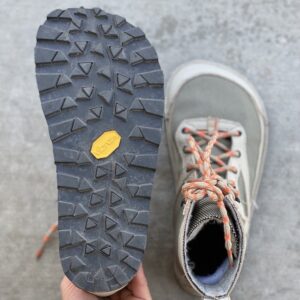
Looking for walking shoes with a wide toe box? Check out these top options for men and women that offer comfort, support, and a roomy

Looking for cheap barefoot shoes? Check out WHITIN Men’s Ultra-ventilated Barefoot Shoes for $19.99 on Amazon.com or Men’s Quick-dry Barefoot Shoes for $8.47 on Temu.
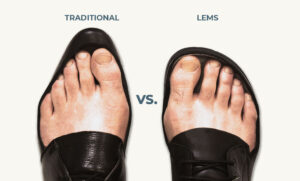
Foot-shaped shoes are available in various brands such as Lems Shoes, Padgene, Barekick, WHITIN, relxfeet, Xero Shoes, New Balance, Earthing Harmony, Atoms, BRONAX, Hike Footwear,
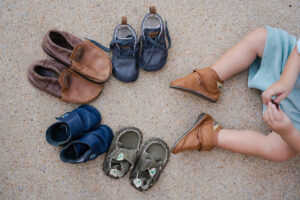
Toddler Barefoot Shoes provide a minimalist and lightweight option for kids to splay their feet naturally while walking, running, or playing sports. These shoes have
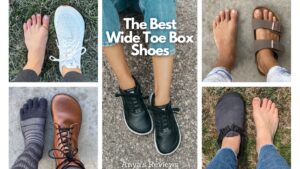
Discover a variety of wide toe box shoes for women in Austin, Texas, including options from Orthofeet, WHITIN, Temu, and more. These shoes offer comfort
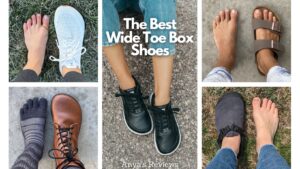
Toe box shoes provide ample space for the toes, allowing them to move freely and comfortably. They are available in various styles and sizes, with
